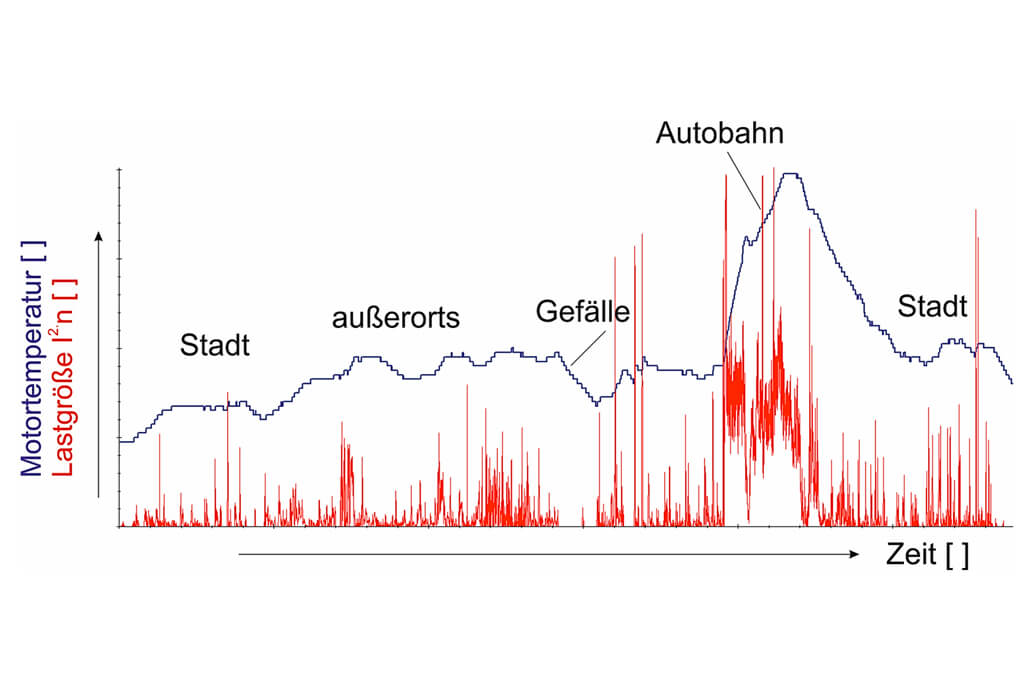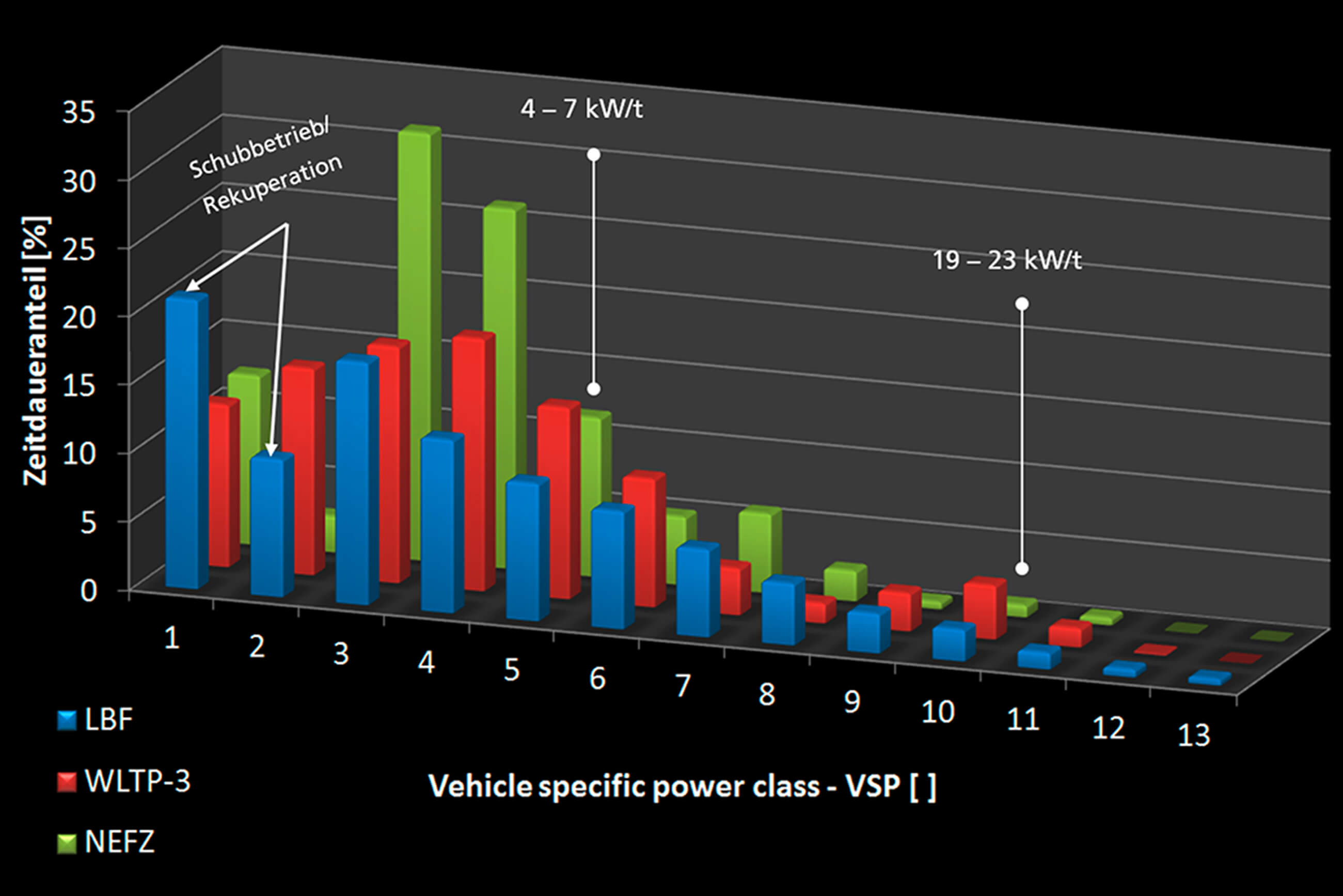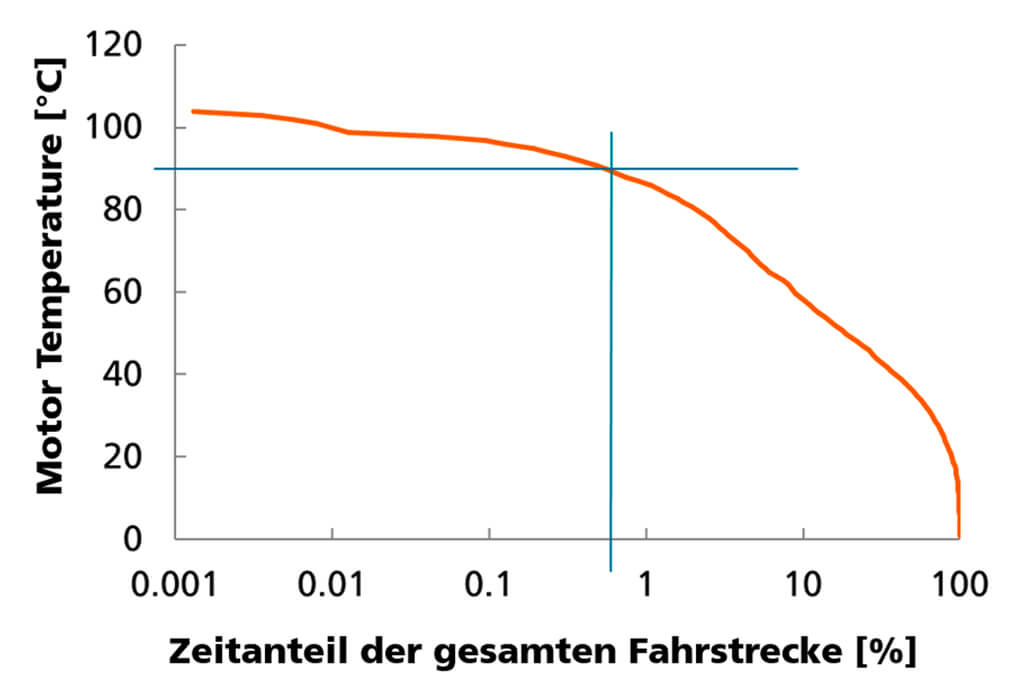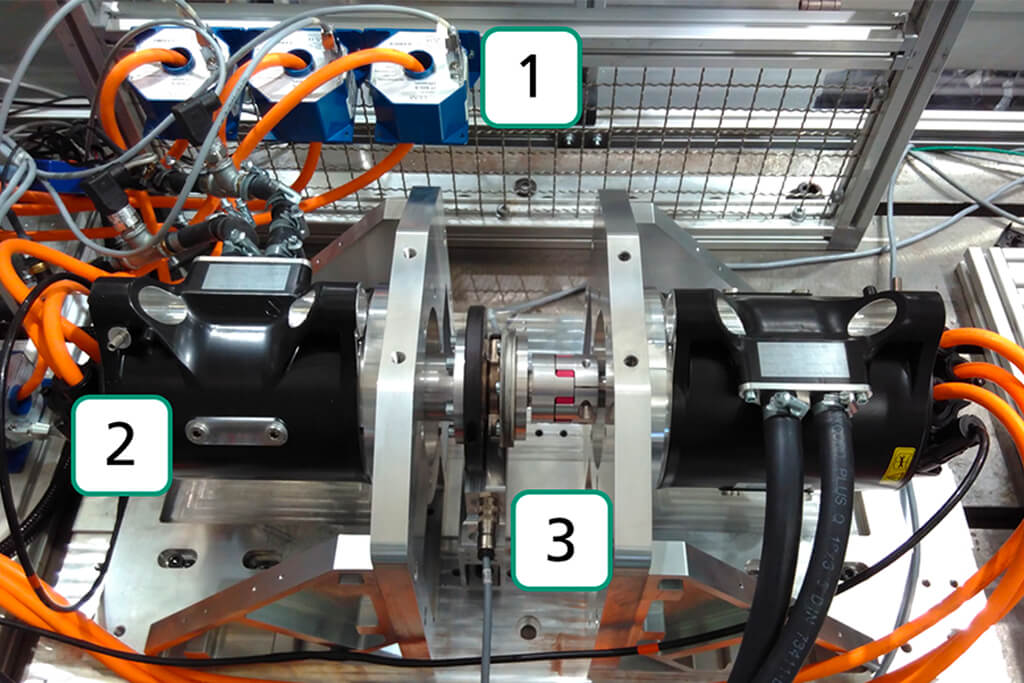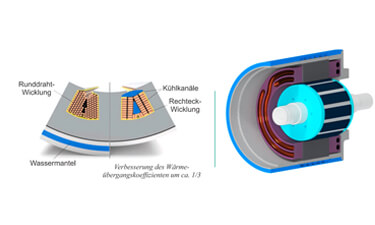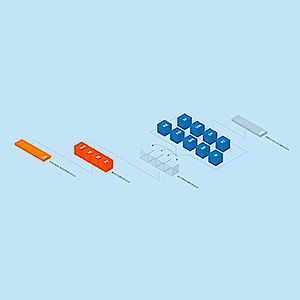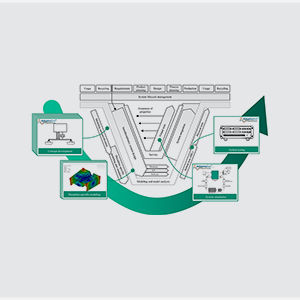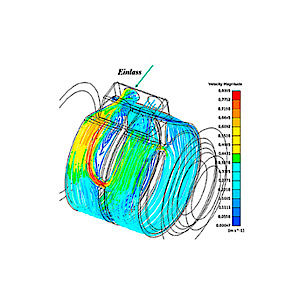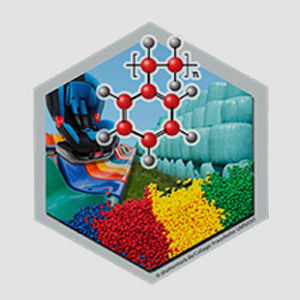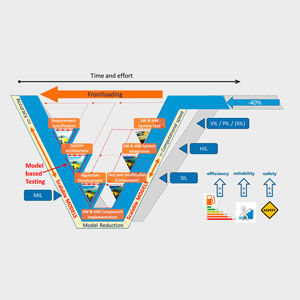Criticality of technology metals: Innovation and R&D are the answer!
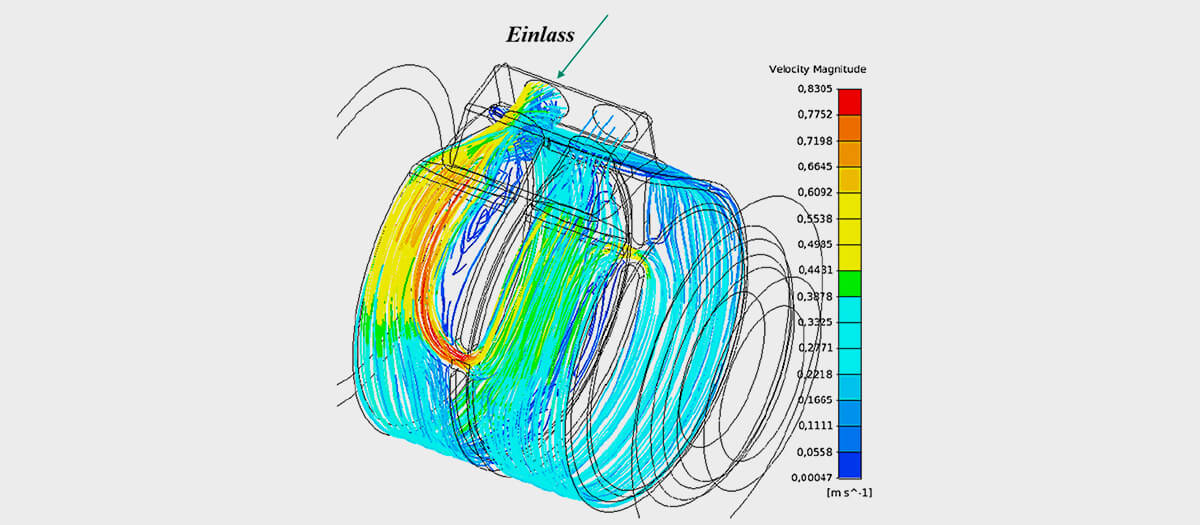
Electrification of drives is one of the key topics surrounding the mobility of tomorrow. But besides discussions about range and charging infrastructure, electric drives in cars pose other challenges. To account for efficiency and current density, electric vehicles are predominantly equipped with permanent magnet-generated synchronous machines. These magnets weigh between one kilogram and more than two kilograms (two to four pounds). About one third of this is attributable to rare earth metals, which are classified as critical raw materials in terms of their mining, availability and potential price development. The Fraunhofer Society and Fraunhofer LBF therefore looked at optimization of electric traction drives with the goal to reduce the mass proportion of heavy rare earth metals in these magnets by 50 percent.
Criticality of rare earth metals
Our current sustainability technologies, such as photovoltaics, wind energy or electromobility, rely heavily on technology metals such as rare earth metals, gallium, lithium or cobalt. The price trend of rare earth metals over the past ten years has created a special awareness of the criticality of technology metals: In the period from 2006 to early 2011, the price of dysprosium increased by 4,000%. Extreme criticality of raw materials must always be taken onto account for efficient use, recycling as well as socially and environmentally fair degradation: Therefore, the Fraunhofer-Gesellschaft initiated a lead project sponsored by its president, with the goal to systematically research relevant aspects of magnetic material and production, the efficient use of high-performance magnets in electrical drives, and questions regarding material recycling.
Taking into account population density and concentrations in Germany, a peri-urban beltway in the Rhine-Main area was selected as an LBF traction reference cycle. The route proportions of the 76.6 km (47.6 miles) long beltway represent the relevant connection function levels and ensure appropriate driving conditions.
LBF scientists develop novel, multiphysics simulation process
The addition of dysprosium increases the anisotropic field and coercivity of the magnetic material, which improves the temperature stability as well as the robustness against interference fields. Fraunhofer LBF used an electric traction motor to research how to optimize engine control and cooling in order to reduce the temperature load on the magnets to the point that dysprosium-reduced magnets are feasible. To accomplish this task, relevant load and power variables of the permanent-magnet synchronous motor (PMSM) of traction drives were ascertained and analyzed under real driving conditions, and a statistically validated, scalable collective was developed for the load simulation of electric traction drives.
For the evaluation of various concepts for the optimized design, it was necessary to calculate the transient temperature pattern allowing for non-periodic load and speed changes: Therefore, a lumped parameter thermal network (LPTN) was developed at Fraunhofer LBF for the concept variants of the motor, in which the components relevant to heat sources and sinks as well as heat conduction are considered without their spatial expansion and only as discrete network positions. The simulations with the LPTN model were the central element for the determination of thermal load variables of the electric drive as well as the optimized design based on it.
Sustainable use of dysprosium is possible
With regard to the technical and economic implementation potential, the optimized design of the electric drive with a combined water jacket and winding head cooling was possible: The optimized cooling resulting from redesigning the water jacket in the housing and integrating a winding head cooling system reduced the thermal load of the magnets and thus enables the use of materials with reduced dysprosium. With a reduction in magnet temperatures by 20 K due to the optimized cooling, the coercivity increases by an amount equivalent to a mass fraction of about 0.65% dysprosium. Thus, the mass proportion of dysprosium can be reduced by about 30% compared to the originally specified content.
Customer benefits
The additional material and production related measures developed in the lead project allowed additional reduction of the dysprosium proportion in magnets of the same capacity, so that substantial progress can already be achieved in magnet production and in its application in electric motors.
Reduction of magnet temperatures through optimized cooling of the motor.
Evaluation of technical options based on the results of multiphysics simulations
- Phase change material (PCM) for rotor and stator,
- Direct cooling of the copper winding in the region of the stator winding and/or of the winding head,
- Additional air cooling of the engine compartment,
- Combined water jacket and winding head cooling (see graphic)
Fraunhofer-Gesellschaft zur Förderung der Angewandten Forschung e.V.
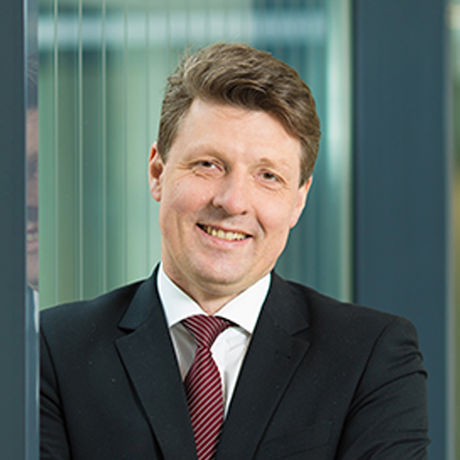
“We are extremely satisfied with the results of the pilot project. Not only did we develop excellent technical solutions, we were also able to focus on quantum physical computer simulation of magnetic materials, the near net shape manufacturing of magnets and the recovery of the rare earth metals after the usage phase. Thanks to the extensive skill set, which is also unique on an international scale, we have made significant progress and identified additional starting points for a more efficient use of rare earth metals and the substitution. We now want to bring these results to market with various companies.” Prof. Ralf Wehrspohn – Head of the ”Criticality of rare earth metals” project and director of Fraunhofer IMWS in Halle
Contact
- Dipl.-Ing. Rüdiger Heim
- Phone: +49 6151 705-283
- ruediger.heim@lbf.fraunhofer.de
